
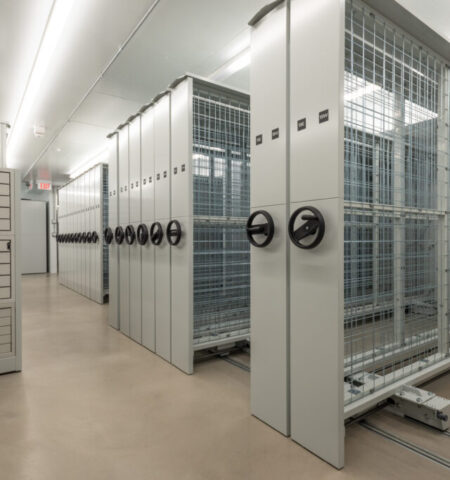
Enhancing Cold Storage Design with Computational Fluid Dynamics
Cold storage warehouses are specialized facilities designed for the storage of perishable goods and products that require controlled temperature environments to maintain their quality and freshness. These facilities are equipped with refrigeration systems that allow precise regulation of temperatures. Cold storage warehouses play a critical role in preserving food items, pharmaceuticals, and other temperature-sensitive goods throughout the Continue reading
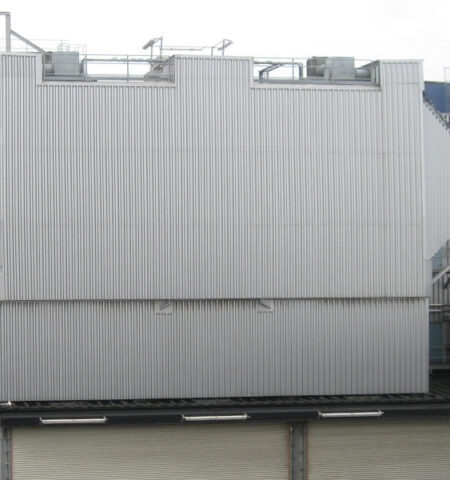
Velocity non-uniformity issue inside Electro-static precipitators (ESP)
Electro-Static Precipitators (ESPs) remove particulate matter from a gas stream by a series of corona generating electrodes and collector plates. Several factors like flow rate, particulate size, particulate loading, voltage difference, hopper design affect the collection efficiencies in ESPs. The ESP under consideration is expected to have higher penetration of particles than the design requirement. Continue reading
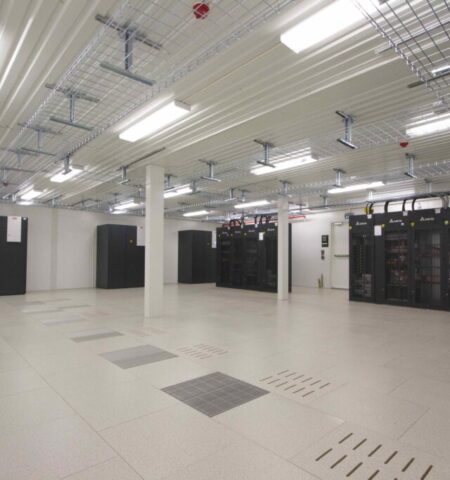
Under floor vortex formations and Temperature Distributions in a Data Center Server Hall
Information Technology Equipment (ITEs) and its associated components are housed in air-conditioned Data-Halls. These air-conditioning systems provide adequate cooling to avoid equipment down-times. In case of improper cooling, hot-spots might appear near the ITEs. The data-hall air-conditioning can be ensured by variety of arrangements of supply and return grilles, equipment placements, containments and CRAH (Computer Continue reading

Jet Fan Optimization in an enclosed car-park (Basement Car-Park Ventilation)
Enclosed car parking garages have limited entry and exit points, restricting natural airflow. The incoming and outgoing traffic emit pollutants, such as carbon monoxide (CO), which pose significant health risks to humans. An efficient ventilation system ensures that these pollutants are continuously replaced with fresh air, reducing the risk of harm to anyone within the Continue reading
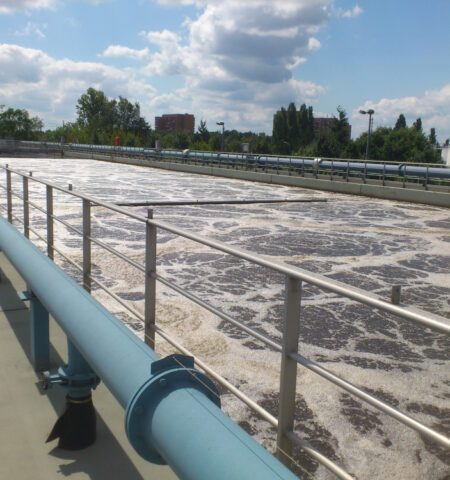
Determination of air distribution and estimating the quality of mixing in an Aeration Tank
Aeration tanks in wastewater treatment plant promote the biological degradation of sewage. Inside the tanks, air diffusers and blowers create an oxygen-rich environment to support the growth of aerobic microorganisms. These microbes break down organic contaminants and reduce the biochemical oxygen demand before getting discharged for downstream processes. The distribution of air and sludge needs Continue reading
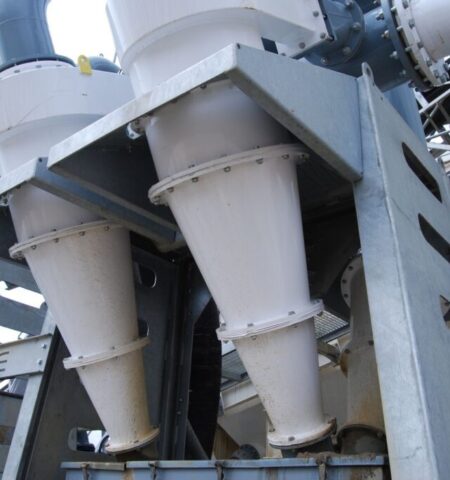
Estimation of Overall Separation Efficiency, Grade Efficiency and Cut-off size for a Cyclone Separator
Cyclone separators are used for the purpose of separating dust particles from gas streams. It works on the principle of centrifugal force generated by vortex created due to tangential entry of fluid. The higher mass particles strike the wall of the cyclone and settles down in the dust-collector. Whereas the lighter particles go out of Continue reading
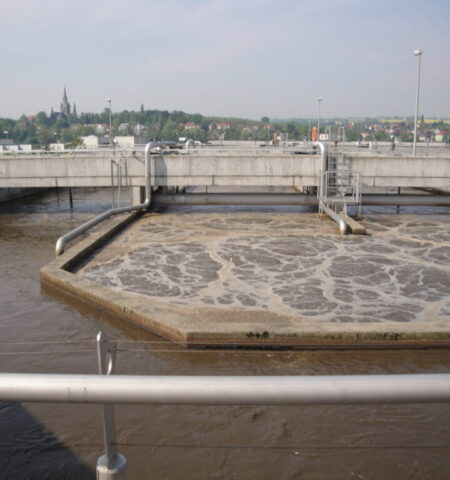
CFD Analysis in Waste Water Treatment Tanks
A Water balancing tank is any vessel or container equipped with mixers that is used to mix the unbalanced water to be treated. After processing, then supply the water to the treatment systems at a uniform flow rate to prevent any mechanical damages due to flow fluctuations (variable load conditions). The water treatment systems require Continue reading
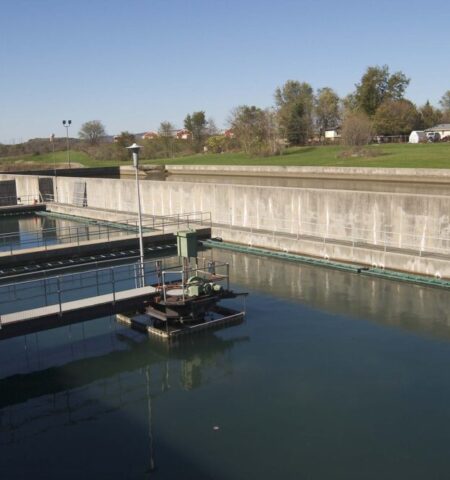
CFD Analysis of Mixing Phenomenon in Flash Mixer, Coagulation and Flocculation Chambers
In Water treatment plants, the most commonly followed processes include screening, pumping, aeration, chemical injection, rapid mixing, coagulation-flocculation, filtration, and disinfection. Even after passing through the screening section, the raw water contains some tiny solid particles called colloids, which have passed due to their small size. These finer particles are removed by a series of Continue reading

CFD Analysis of Water Distribution Channels in Water Treatment Plants
Water Treatment Plants utilize a wide variety of processes and highly specialized setup/equipment to treat the water and its particles at different stages. The design and performance of these equipment are of prime importance for the process efficiency of the plant. The water treatment plant operates by conveying the water to various processes in a Continue reading
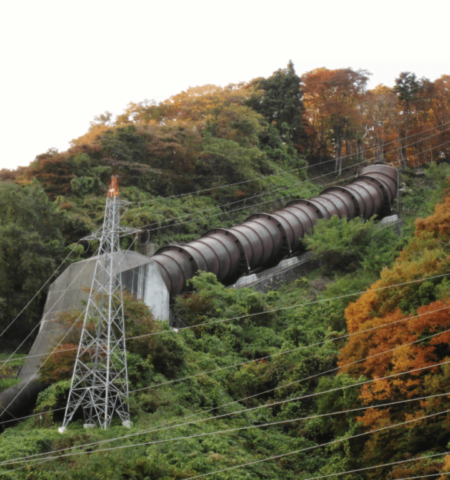
Surge Analysis in a Pipeline Network
To detect the peak pressure surge in a pipe system and for proper pipe sizing, a method of analyzing the pressure changes in a pipe system called surge analysis is performed. In any pipeline system, the fluid flow must be started and stopped by pump/valve operations. During these operations, when a sudden change in the kinetic energy of Continue reading
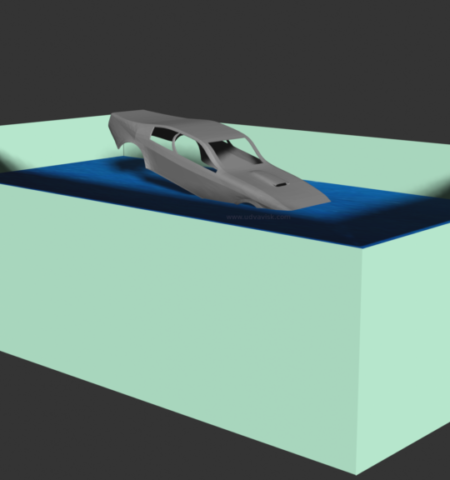
CFD Analysis of Dipping and Drain-out during E-Coating
The car bodies need to be coated uniformly using paints to slow down the process of rusting and corrosion. Dipping is the process where the entire car body is dipped into a vat of paint. It also protects the car from sun fading in all the seasons. But, the dipping process is less effective if Continue reading
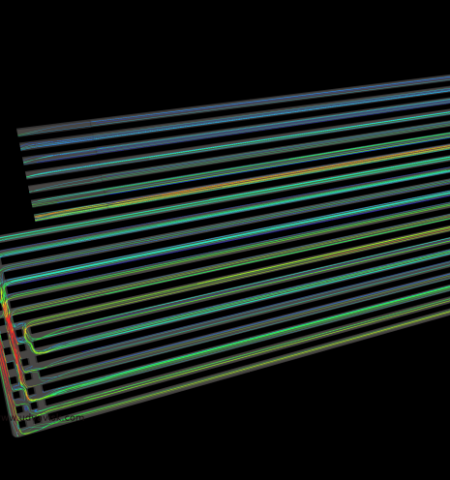
CFD Analysis of Proton-Exchange Membrane Fuel Cell (PEMFC)
In PEMFC, the fuel being used is hydrogen and the oxidizing agent is oxygen. They are capable of producing electricity as long as the reaction takes place. The fuel cell consists of an anode (fuel side electrode), cathode (air side electrode), electrolyte and a catalyst (which induces the reaction). The fuel cells are classified based Continue reading
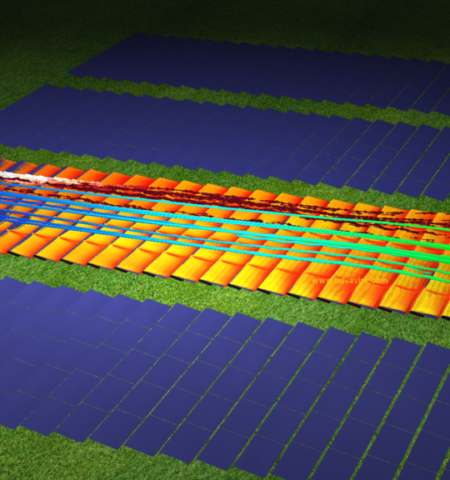
CFD Analysis of PhotoVoltaic (PV) Solar Power Plant
Solar Power Plant operates by producing electricity through PhotoVoltaic effect (generation of electricity through exposure to light energy) of its array of Solar Panels. These Solar panels/PhotoVoltaic cells mainly consist of solar Cells (Chief Component) and other protective and insulation membranes. The incident solar radiation is packed up with heat energy and light energy. The Continue reading
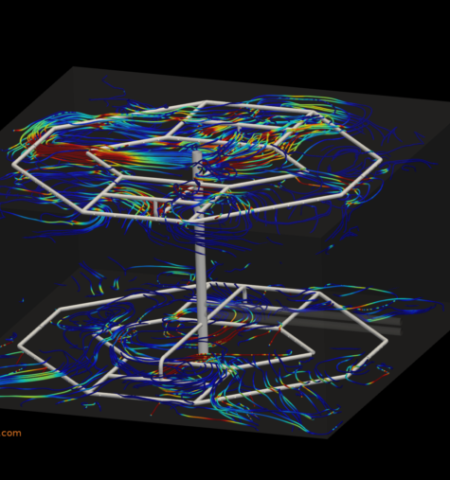
CFD Analysis of Thermal Energy Storage (TES) Tank
Thermal Energy Storage (TES) System is a widely proven technology for storing excessive thermal energy (hot/cold) during off-peak hours through cooling systems (chiller) and using that stored energy at peak load hours, thus minimizing consumption cost. The system stores thermal energy in the form of chilled water in case of Chilled Water Storage System. The Continue reading

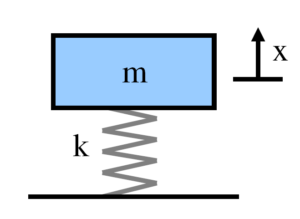
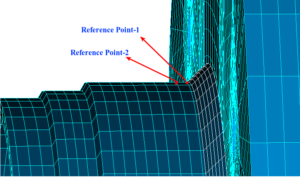
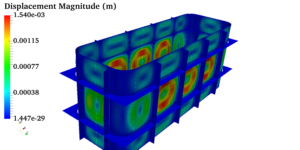 Pressure vessels, pipes, expansion joints etc. are basic equipments for process industries. Pressure vessels are vessels working under internal, external or vacuum pressure, and possibly subjected to high temperature. Proper design and analysis is very important for the pressure vessels, as their failure can cause lot of hazards. Codes/ standards are used in the design phase, followed by analysis to ascertain stresses are within the allowable range. ASME provides wide range of guidelines for the proper design of such vessels.
Pressure vessels, pipes, expansion joints etc. are basic equipments for process industries. Pressure vessels are vessels working under internal, external or vacuum pressure, and possibly subjected to high temperature. Proper design and analysis is very important for the pressure vessels, as their failure can cause lot of hazards. Codes/ standards are used in the design phase, followed by analysis to ascertain stresses are within the allowable range. ASME provides wide range of guidelines for the proper design of such vessels.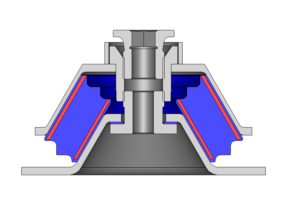
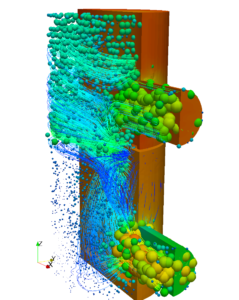
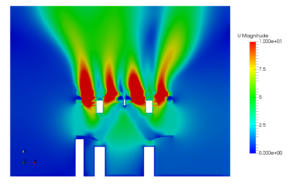
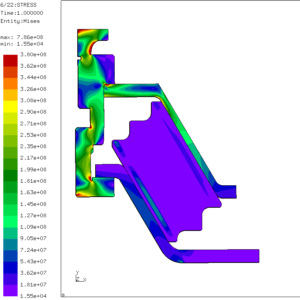
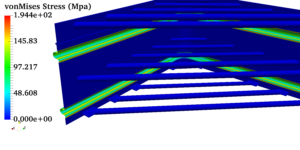
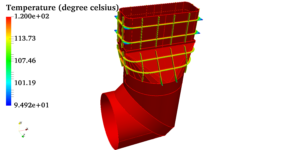
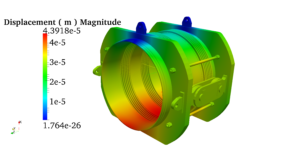

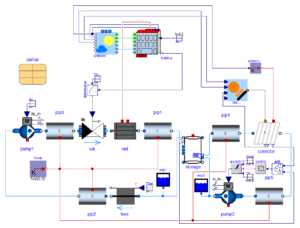
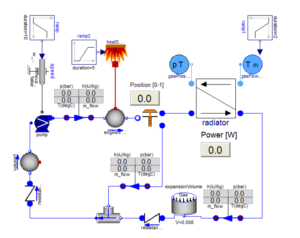
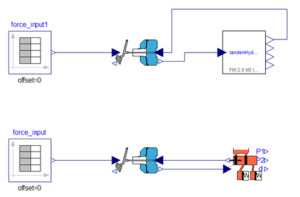
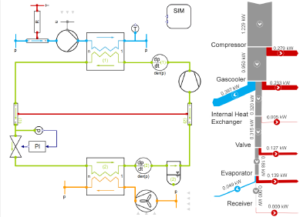
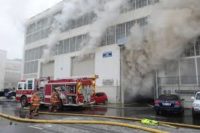
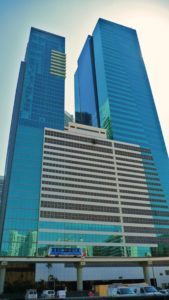


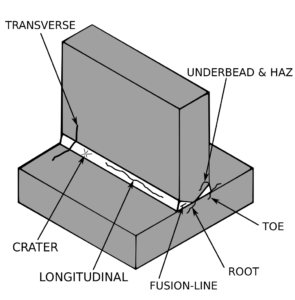
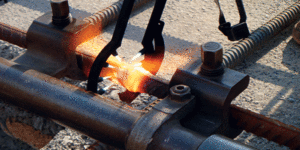
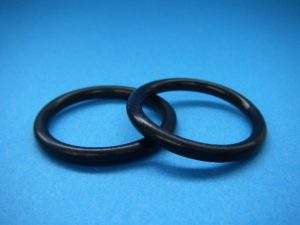
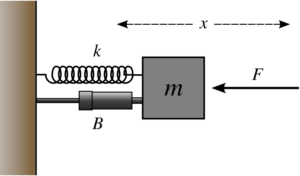
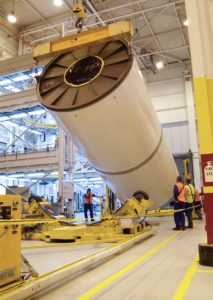
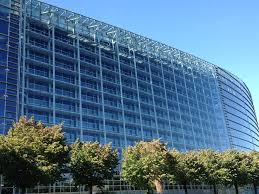
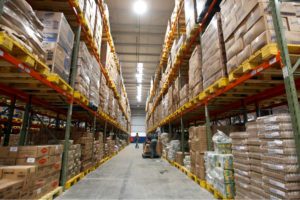
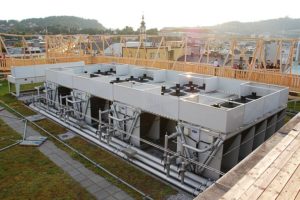
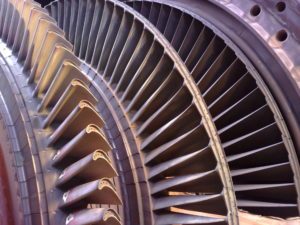
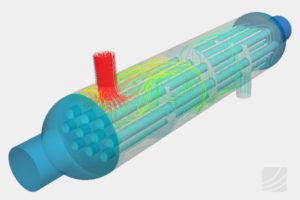
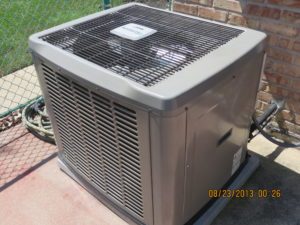
 BC. This book is a treatise on the theory of ethics, very popular during the Renaissance. The first line of Lorem Ipsum, “Lorem ipsum dolor sit amet..”, comes from a line in section 1.10.32.
BC. This book is a treatise on the theory of ethics, very popular during the Renaissance. The first line of Lorem Ipsum, “Lorem ipsum dolor sit amet..”, comes from a line in section 1.10.32.